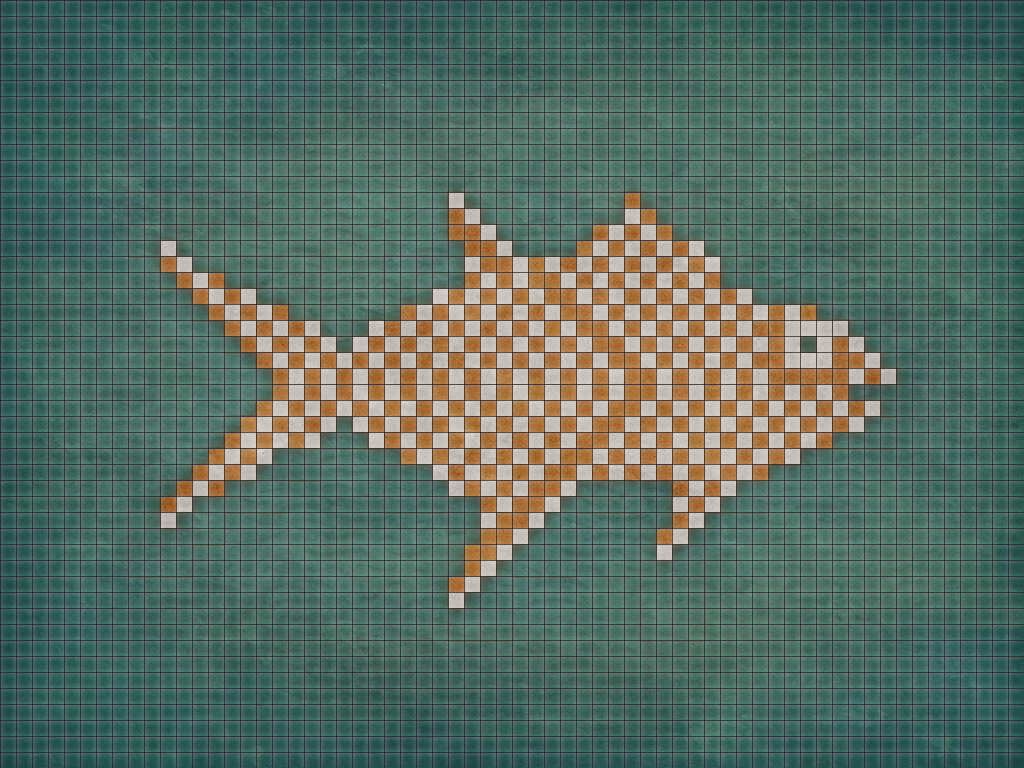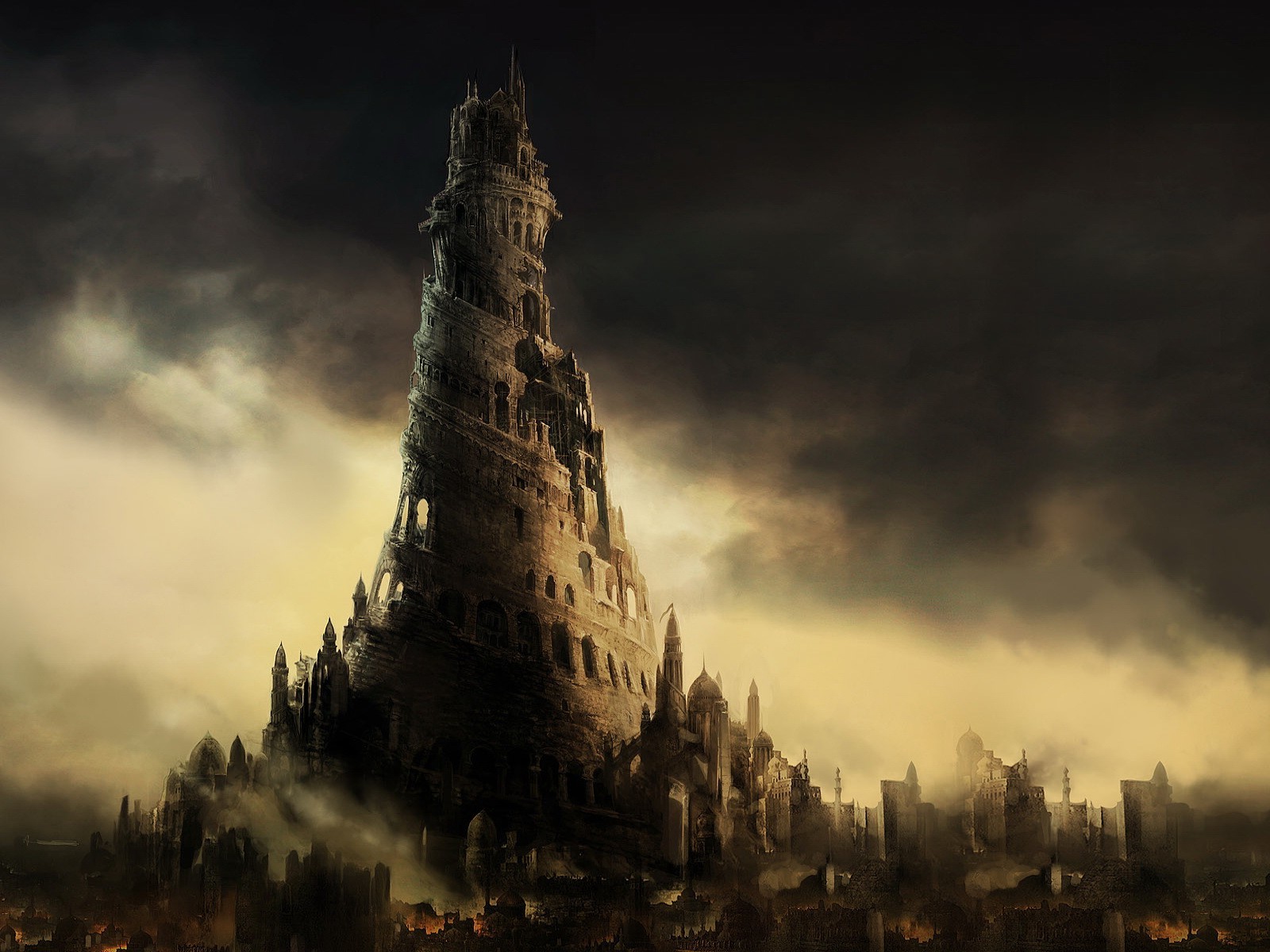Hereditary Syedism
The older of the two main denominations of the Syedist faith, Hereditary Syedism holds that the blood of the prophet Syed carries the blessing of the one true god, Ume. As such, the royal House of Azuk, the Orazim's of Kushar, are the rightful heirs of Syed and have a rule by the divine right of Ume.
Syedism emerged from the existing Umeist faith after a common fisherman named Syed united the nobles and commoners of Zhyalay alike to overthrow Arch-Mage Anorus the Proud and purge the Magi from the city. These anti-Magi purges rapidly spread, killing all Magi that could be found in the Orazimdom of Kushar, and setting off a wave of bloody purges that saw the Magi forced into hiding or exile, or else facing bloody death.
In the aftermath of the purges, Syed was named as the new Orazim of Kushar, and as the living Prophet of Ume. Syedism rapidly emerged as a fanatically anti-Magi religion that spread with the violent anti-Magi purges. In addition to its fanatically anti-Magi message, Syedism calls for charity and care for the poor. Syedism does allow for slavery however, so long as those who are enslaved are not Syedists themselves, although those who convert afterwards may be kept as slaves. Indeed, slavery and conquest are seen as two acceptable ways of spreading the faith.
Structure
The Orazim of Kushar serves as the ceremonial head of the Hereditary Syedist temple, and speaks as the voice of Ume on earth, and as the heir of the Prophet Syed.
In reality however, the High Priest of Syed is the real power of the Hereditary Syedist Temple, and helps to spread the religion throughout Nitak Neti. The High Priest resides and holds official religious ceremonies from the Great Temple of Ume in Zhyalay, which was built in the ruins of the old Temple of Heavens. The current High Priest of Syed is Metherzim Baltar.
The High Priest is nominated by the 7 Grand Priests of Syed following the death of the old High Priest,who almost always nominate one among their own number. These Grand Priests spread the religion from the other 7 major Temples of the Hereditary Syedist faith. The Orazim then anoints the High Priest, although the Orazim can reject their nominee. It is a rarity for the Orazim to reject a nominee however, as most Grand Priests seek a close relationship with the Orazim.
Grand Priests nominate apprentice Priests to the rank of Priest, with the High Priest then confirming these nominations. Priests manage smaller temples or can even spread the faith outside of an official temple. Apprentice Priests are those training to become Priests. All Priests are men by tradition, with women barred from the clergy.
The female equivalent of Priests are the Sisters of Syed. The Sisters of Syed manage the religious orphanages across Kushar, particularly in the capital of Zhyalay. The sisters attempt to instill a sense of religious devotion among the orphans, and have them do charity work in order to earn their keep in the orphanages, with the orphans mostly helping cook, clean and maintain the orphanages, as well as smaller temples.
Public Agenda
The Hereditary Syedist Temple seeks to spread its faith across Nitak Neti, encouraging all to worship Ume as the One true God, Syed as his Prophet and the heirs of Syed as the living voice of Ume. It calls for the complete destruction of all Magi, who they allege draw their power from devoting their lives to demons and demonic forces.
Assets
The Hereditary Syedist Temple commands 9 main Temples, with the grandest of these being the Great Temple Ume in the capital of Zhyalay, which was built in the ruins of the Tower of Heavens. There are 8 other main Temples in the largest other 8 main cities in Kushar. There are numerous other smaller Temples across Kushar in smaller towns, villages and the slums of Zhyalay.
Mythology & Lore
Syedism worships Ume as the one true god. Ume is seen as the creator of all that is good and right. An evil demon, Lucibis, is said to have emerged from the dark ether, bringing magic, disease, death and war with him. Ume and Lucibis are said to be in a perpetual and eternal struggle with one another.
Ume is said to have inspired the common fisherman Syed to unite the nobles and commoners of Zhyalay and Kushar at large to unite together to fight against the Magi. Syed led the anti-Magi purges, killing all the Magi they could find, driving those they couldn't catch into exile and hiding.
Hereditary Syedism differs from Clerical Syedism in holding that the heirs of Syed, as they carry his blood and are the living voice of Ume. The Orazim of Kushar is thus seen as the "rightful" head of the Syedism and the Orazimdom of Kushar by divine right.
Divine Origins
Syedism emerged in Zhyalay, and the Hereditary Syedist sect of the religion has flourished and developed in that city, using the Great Temple of Ume as its headquarters.
Cosmological Views
Ume is said to have forged the universe with a magical hammer, beating the nothingness into existence. Ume then took clay, forged animals from it and breathed life into them. Ume then took iron, bent it into shapes and covered it with clay and formed it into humans and then breathed life into them.
Orcs and Goblins are said to have been the clay formations corrupted by Lucibis by human supremacists. Others simply hold that they are alternative clay and iron forms.
Tenets of Faith
The Seven Tenets of Syedism:
1) Ume is the one true God, worshiping any others is blasphemy.
2) Syed is the one true prophet of Ume, to recognise any other as being so is heresy.
3) Magic is evil. All Magi are demons who must be destroyed. To help a Magi is to betray Ume.
4) All Syedists must make every effort to attend Temple every Hevday.
5) Every effort must be made to spread the message of Syed.
6) A practicing Syedist may not be made a slave.
7) Aid a fellow Syedist in their time of need.
Ethics
Priests and members of the clergy are expected to be celibate. Sex before marriage is considered sinful, particularly for women. Men often sleep with women before marriage in order to "become men", but this is more due to patriarchal customs than due to ethics within the religion.
Slavery is permitted under Syedism, but a practicing Syedist cannot be made a slave. If a slave becomes a Syedist while they are a slave they can remain a slave. Indeed, the fact slavery and conquest are seen as legitimate ways to spread Syedism.
Killing a Magi is seen as a rightful act for a Syedist. Indeed, even helping a Magi is seen as a sin against Ume.
Worship
Syedists pray by kneeling and bowing, and also by standing and raising their hands and eyes to the heaven. Prayer is particularly done in Temples, but can be done anywhere. Hevday is held as the sacred day of the week by Syedists.
Midsummer's day is celebrated as the day of the Prophet, which supposedly marks the anniversary of the first anti-Magi purges, and marks the celebration of the overthrow of the Magi. The day is made up of celebrations, parades, dancing and singing.
Loveday is celebrated in the northern hemisphere (where Syedism is mostly present) as one additional day of Spring just after Winter. The day is celebrated with a feast, with this offered in particular to the poor and to orphans. Loveday is also marked as the first day of the new year.
Priesthood
Apprentice Priests are trained by the temples and are nominated for Priesthood by Grand Priests. They are then confirmed by the High Priest.
There are 7 Grand Priests, and they occupy this role for life, unless they are disgraced and removed by the Orazim or renounce their position. Grand Priests are chosen among well established Priests and are nominated by the High Priest, and can either be confirmed or rejected by the Orazim of Kushar.
The 7 Grand Priests nominate one among their number to serve as the High Priest, who is then either confirmed or rejected by the Orazim. The High Priest holds this role for life or until they are disgraced and removed by the Orazim or renounce this position.
Only men are permitted to be Priests. Women can become the Sisters of Syed however, and run the religious orphanages and charities.
Political Influence & Intrigue
Hereditary Syedism is closely connected with the rulers of the Orazimdom of Kushar. The Orazim of Kushar is seen as the leader of the Orazimdom of Kushar and serves as the ceremonial head of the Hereditary Syedist religion. The High Priest of Syed carries significant influence in Kushar. All or just about all high ranking officials in Kushar are Hereditary Syedists, from the nobles, generals and priests down to influential merchants. The majority of the population of Kushar are Hereditary Syedists.
Sects
Hereditary Syedism is one of the two main sects of Syedism, with the other being Clerical Syedism. The main difference between the two sects is that, while Hereditary Syedism holds the heirs of Syed are the voice of Ume, Clerical Syedism insists that the Clergy represent the voice of Ume, with the High Cleric seen as the voice of Ume. The High Cleric is elected by the 13 Grand Clerics.

Cleansed by the blood of Syed
Founding Date
Founded at the turning point of the end of the Age of Magic and the start of the Age of Iron, marked by the start of the anti-Magi purges.
Type
Religious, Sect
Alternative Names
Old Syedism, Orthodox Syedism, Blood Syedism
Demonym
Hereditarist, Hereditary Syedist, Syedist
Permeated Organizations
Remove these ads. Join the Worldbuilders Guild









Comments